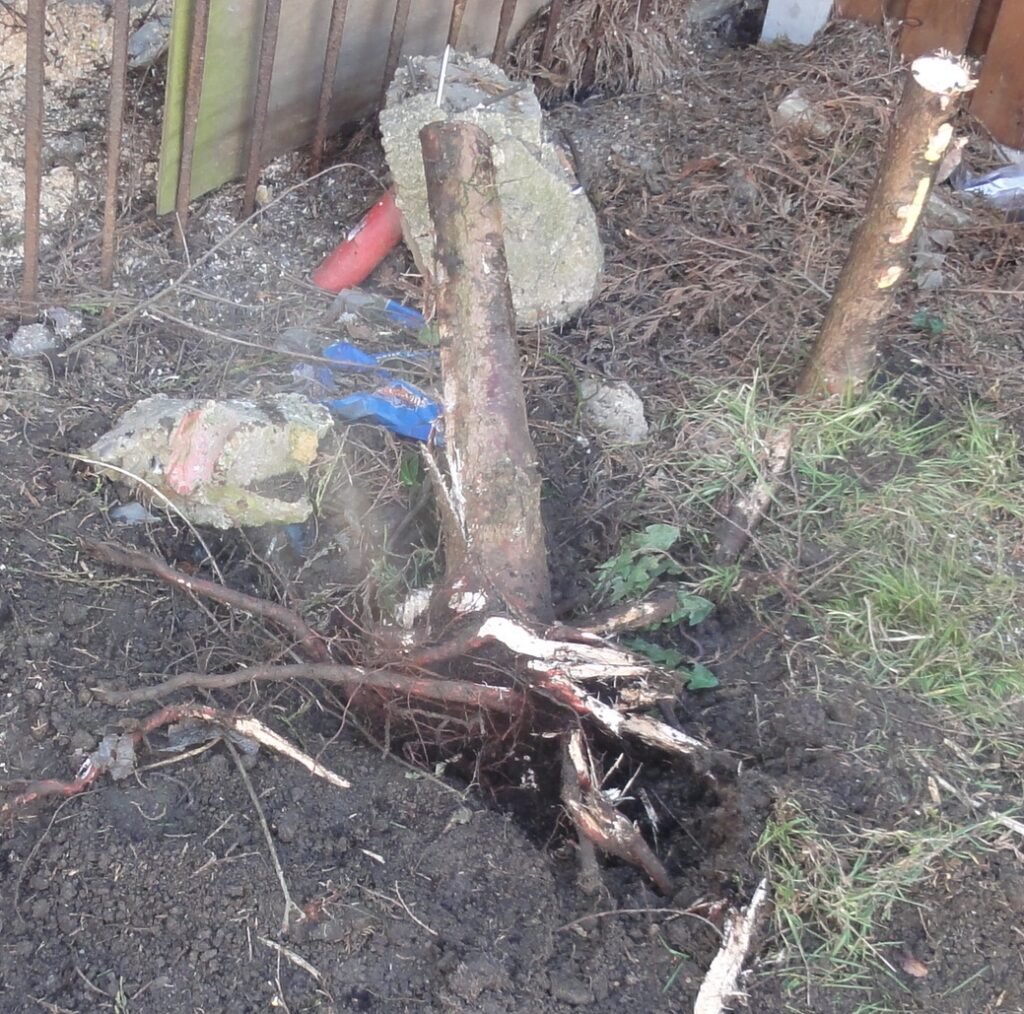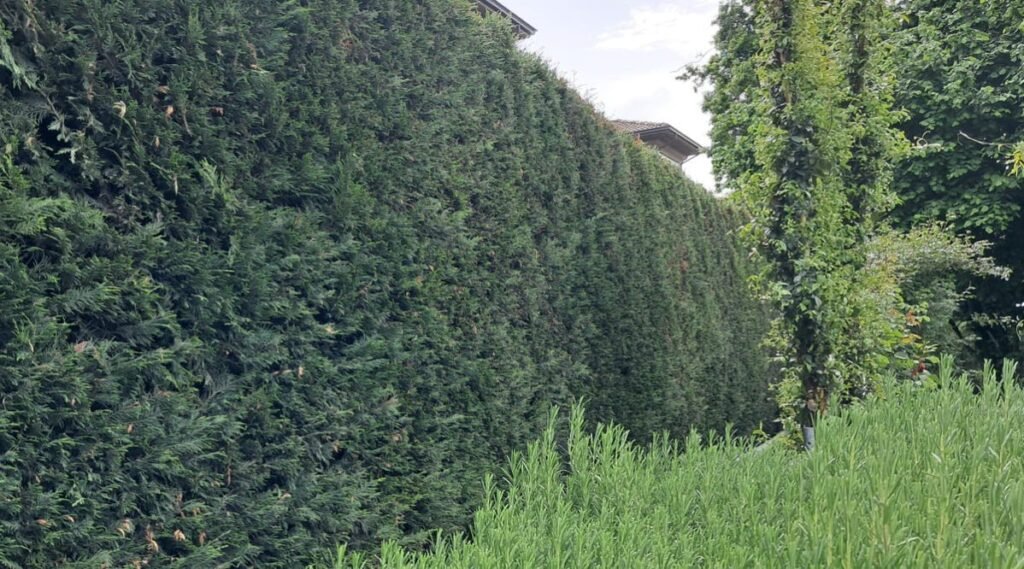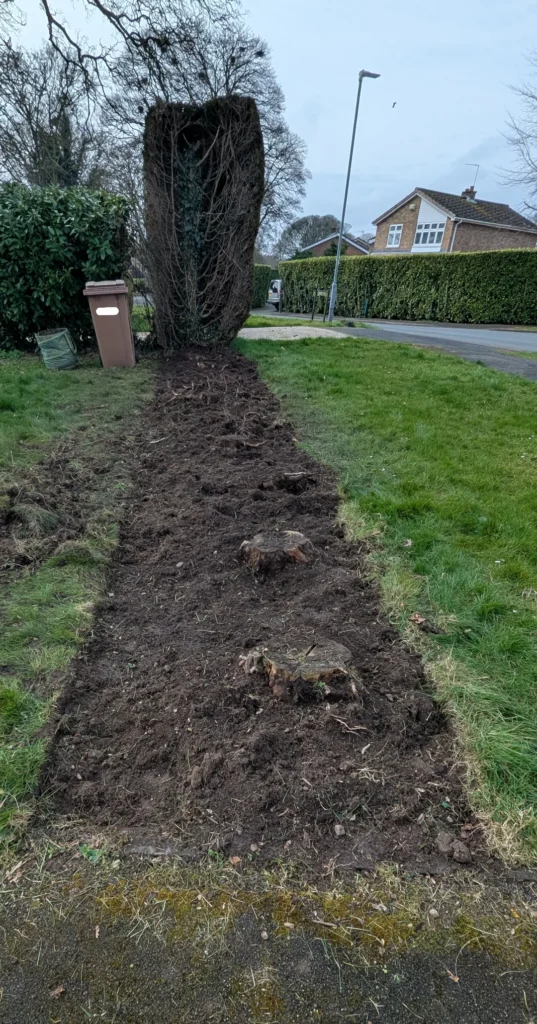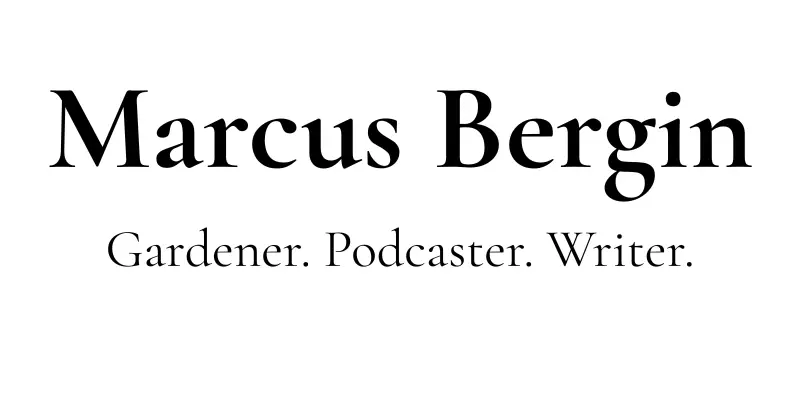
After the Leylandii Are Gone
What to Plant in Dry, Rooty Soil Once the Conifers Have Been Chopped Down
In Part One, we looked at the classic conifer problem—trying to plant beneath dense, evergreen giants like Leylandii. But what happens after the conifers come down?
If you’ve recently removed a hedge or a few trees, you might be standing there now…
Looking at the stumps, the exposed fence line, the stubborn mat of roots in a narrow bed—and wondering where on earth to begin.
Let’s walk through it together.
The Soil Is Still Dry (and Probably Compacted)
Here’s the thing: just because the trees are gone doesn’t mean the conditions instantly improve. For the next year or two, you’re still dealing with:
A dense mat of shallow roots from the old trees
Soil that’s been robbed of moisture and nutrients
Possibly poor structure and compaction
And not a lot of room to dig (especially if the trunks are still in place)
But you can still plant.
You just have to think small, go slowly, and choose the right pioneers.

Step One: Don’t Try to Dig It All Over
You’ll do more harm than good trying to force a spade through the root mass. Instead, carve out a few deep planting pockets—small trenches or holes between the stumps where you can break up the soil, mix in organic matter, and create better conditions for roots to get established.
A long-handled border fork is often more useful than a spade here. Even just loosening the top 10–15cm in select spots can make a big difference.
Step Two: Mulch Like It Matters
Lay down a thick mulch of compost, bark, leaf mould, or well-rotted manure over the entire bed. This does two things:
Moisture Retention – Even shallow mulch helps hold in what little rain we get
Soil Improvement Over Time – Worms and microbial life will slowly draw it down into the root zone, improving structure without you having to dig
You won’t see overnight results—but give it six months and you’ll be working with a gentler soil.
Step Three: Start with Resilient, Shallow-Rooted Plants
Think of this first phase as a recovery garden. You’re not aiming for instant transformation—you’re sending in the pioneers.
Here are some of the best plants for this “post-conifer” stage:
Groundcovers to Build Back Life
Geranium macrorrhizum – Still a winner. Tough, quick to establish, and gently suppresses weeds.
Ajuga reptans – Adds colour and spreads nicely, even in semi-shade.
Euphorbia amygdaloides var. robbiae – Evergreen, architectural, and very tolerant of poor soils.
Vinca minor – Especially good where digging is minimal.
Perennials and Structure
Erysimum ‘Bowles’s Mauve’ – Long flowering and drought-hardy. Happy in poor soils.
Lavender – If the spot now gets decent sun, lavender thrives in dry, lean soils with minimal fuss.
Japanese anemones – These spread gently and are brilliant for narrow beds once they get going.
Architectural Additions
If there’s some depth between trunks and fence, try:
Bergenia – “Elephant ears” with chunky leaves and early pink flowers
Brunnera macrophylla – For cooler, damper areas that catch a bit of shade
Sarcococca hookeriana – Evergreen, scented, and great near paths

What About Trees or Shrubs?
If you’re looking to replant with structure, you might consider shrubs like Cornus, Philadelphus, or even dwarf Amelanchier—but only if you can dig in well away from the old trunks. Otherwise, start small. A few well-placed perennials and climbers can bring far more life and colour than squeezing in another hedge too soon.
And remember—roots from those stumps will slowly break down. In a couple of years, you’ll have a very different bed to work with.
Be Patient—It’s a Transition Zone
It helps to think of this kind of space as in recovery.
Your job is to stabilise it, soften the edges, bring back life little by little.
Over time, with mulch, water, and a few tough-but-beautiful plants, the soil will rebuild, the roots will rot down, and new planting possibilities will open up.
Have you been through the “post-conifer” stage in your own garden?
What worked—and what didn’t? Share your tips and photos in the comments below. And if you’re facing it now, feel free to post a photo—happy to help brainstorm planting ideas for your particular patch.
Happy Gardening,
Marcus
